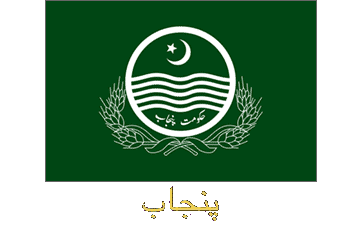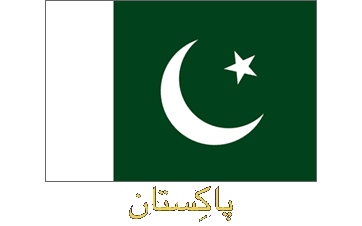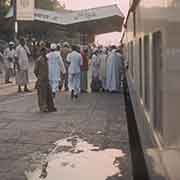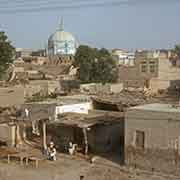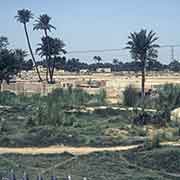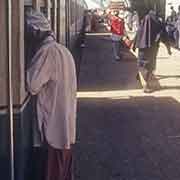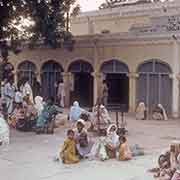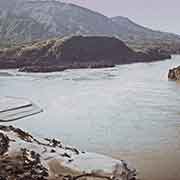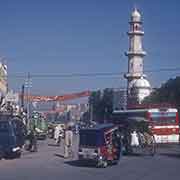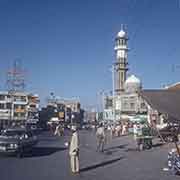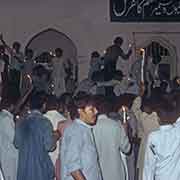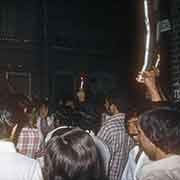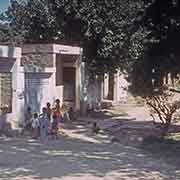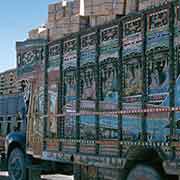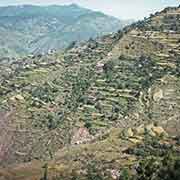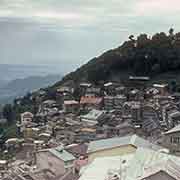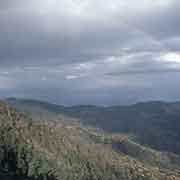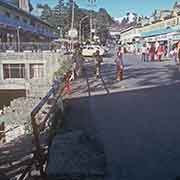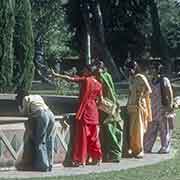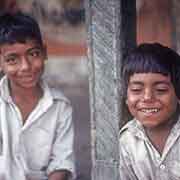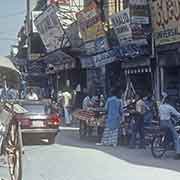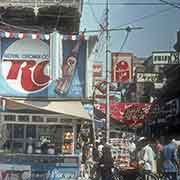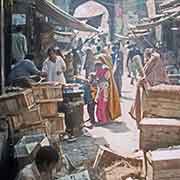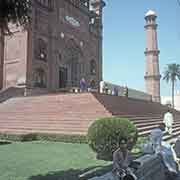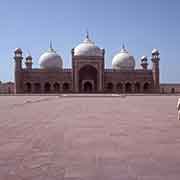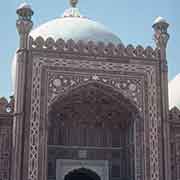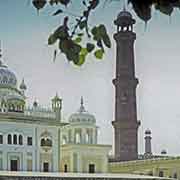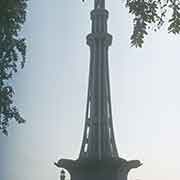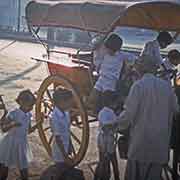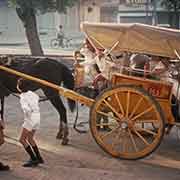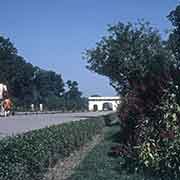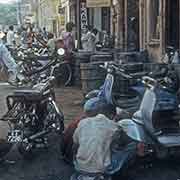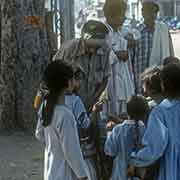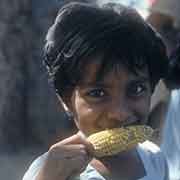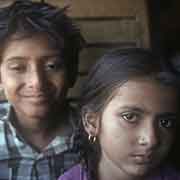Photos of Punjab, Pakistan
Punjab Provice, eastern Pakistan
During the 16th century Mughal Empire, Punjab referred to the region in the northern Indian subcontinent between the Indus and Sutley rivers. But during the British occupation, its boundaries were much more expansive, encompassing a large area of British India. The name is derived from the Persian words “panj” (five) and “ab” (water), and this was used by the Turko-Persian founders of the Mughal Empire. “Five Waters” refers to five rivers that are tributaries of the Indus river.
you may then send it as a postcard if you wish.
After the Partition of 1947, Punjab was divided along religious lines between India and Pakistan. Punjab is Pakistan’s most populous province, with over 110 million people and its most industrialised. The country’s second-largest city and the historic cultural centre of the wider Punjab region is Lahore, with beautiful remnants of the Mughal Empire, like the 17th-century Badshahi Mosque and Shalimar Gardens.
Rawalpindi (usually shortened to “Pindi”) is Pakistan’s fourth-largest city. Before Partition, the town was only 44% Muslim, but its region was almost wholly Muslim. So it was awarded to Pakistan, and after bloody riots, Rawalpindi’s Hindu and Sikh population nearly all migrated to India. In 1961 construction started of the new purpose-built capital city, Islamabad, just to its north. It is now the Islamabad Capital Territory and fully integrated as the Islamabad/Rawalpindi Metropolitan Area.
